This is the third article in a Sea of Japan series, showcasing natural beauty spots, tourist attractions, conservation initiatives and the region's historical significance.
On Tsushima island, the mountains don't stop until they reach the sea, their dense forests and craggy cliffs plunging straight down into the clear blue waters of the Sea of Japan.
Swept by an eponymous ocean current flowing northwest from the Korean Peninsula, mainland China, Taiwan and lands farther south, Tsushima in Nagasaki Prefecture has for centuries benefitted from being at the crux of trade and cultural exchanges between the region's civilizations.
The slender island is about 70 kilometers from end to end, but consists of many bays, inlets, peninsulas and promontories that its coastline measures nearly 1,000 kilometers. A dramatic topography combined with countless tiny offshore islands creates a place with nearly endless opportunity for exploration — hiking and kayaking being perhaps the most intimate ways to get up close and personal with Tsushima's natural world.
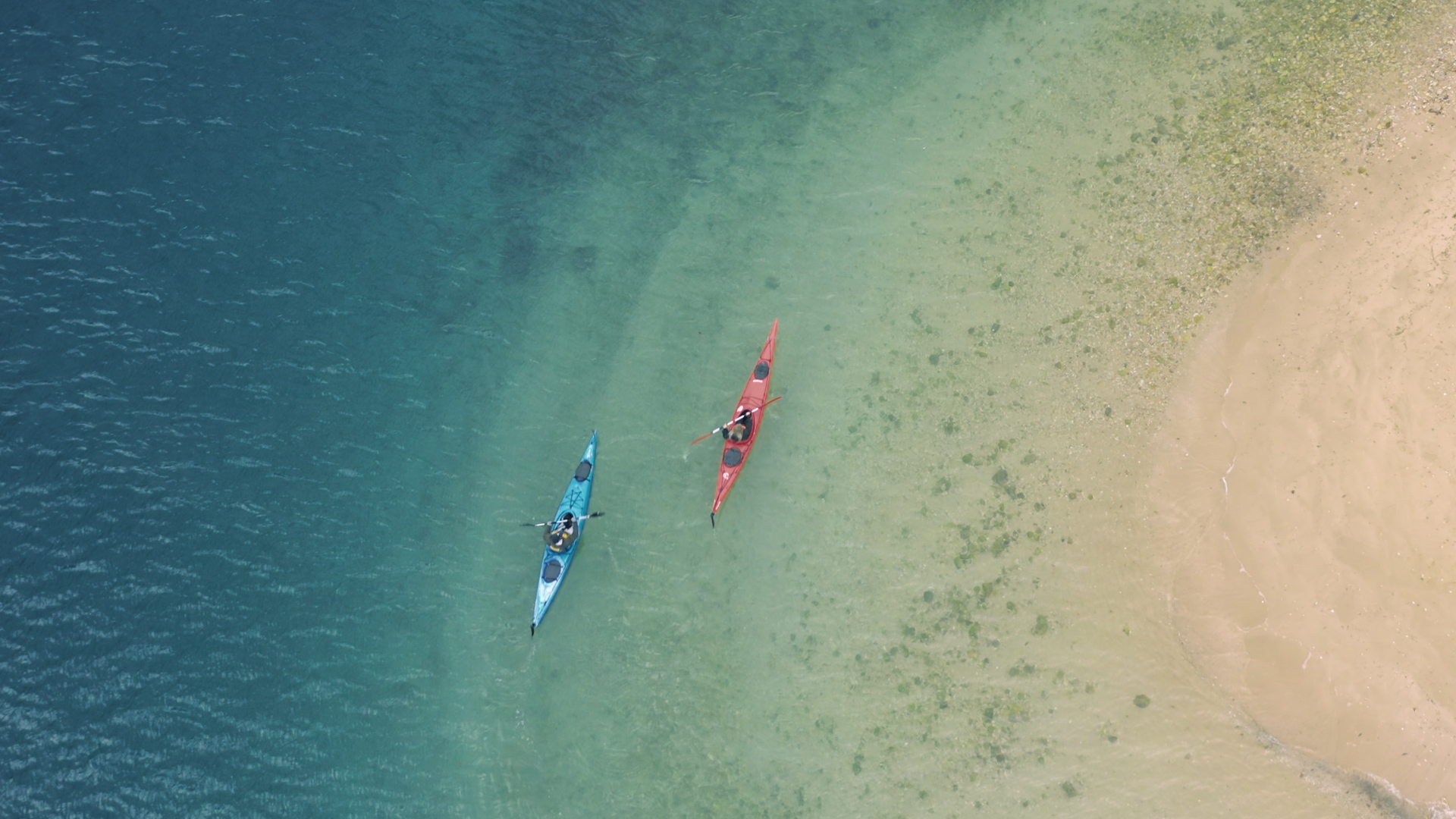
Mostly mountainous, the island has numerous hiking trails. A popular destination is the short walk up to the top of Mount Eboshi, where an observation platform provides a 360-degree view of islets scattered throughout the bays and inlets of Tsushima's convoluted coastline. The hike is brief enough to take in the sunset and still make it down before dark. The somewhat longer trek to the summit of Mount Joyama, about 5 kilometers round-trip, features not only more views of the island's coastal beauty, but also a chance to tour the ruins of Kaneda Castle, a fortress that was first built almost 1,400 years ago but was still used for military purposes as recently as the 20th century.
After taking in the natural splendor of the island from above, a look from sea level should not be missed; a kayak is the perfect vessel for this. The sleek boats are easy enough to paddle around Tsushima's protected bays where every few minutes bring a brand new vista. Guided expeditions by Tsushima Eco Tour take off from a base camp in the shadow of Mount Joyama to visit uninhabited Heta Island, which sits at the edge of grand Aso Bay. Energetic paddlers can head over to Nokowaki-iwa rock, a 40-meter sheer rock face that makes up one side of a strait so narrow it is obvious where the cliff got its name — "split by a saw." Hiding just around the corner from the strait is Okido Shrine, whose stone torii stands at the water's edge.
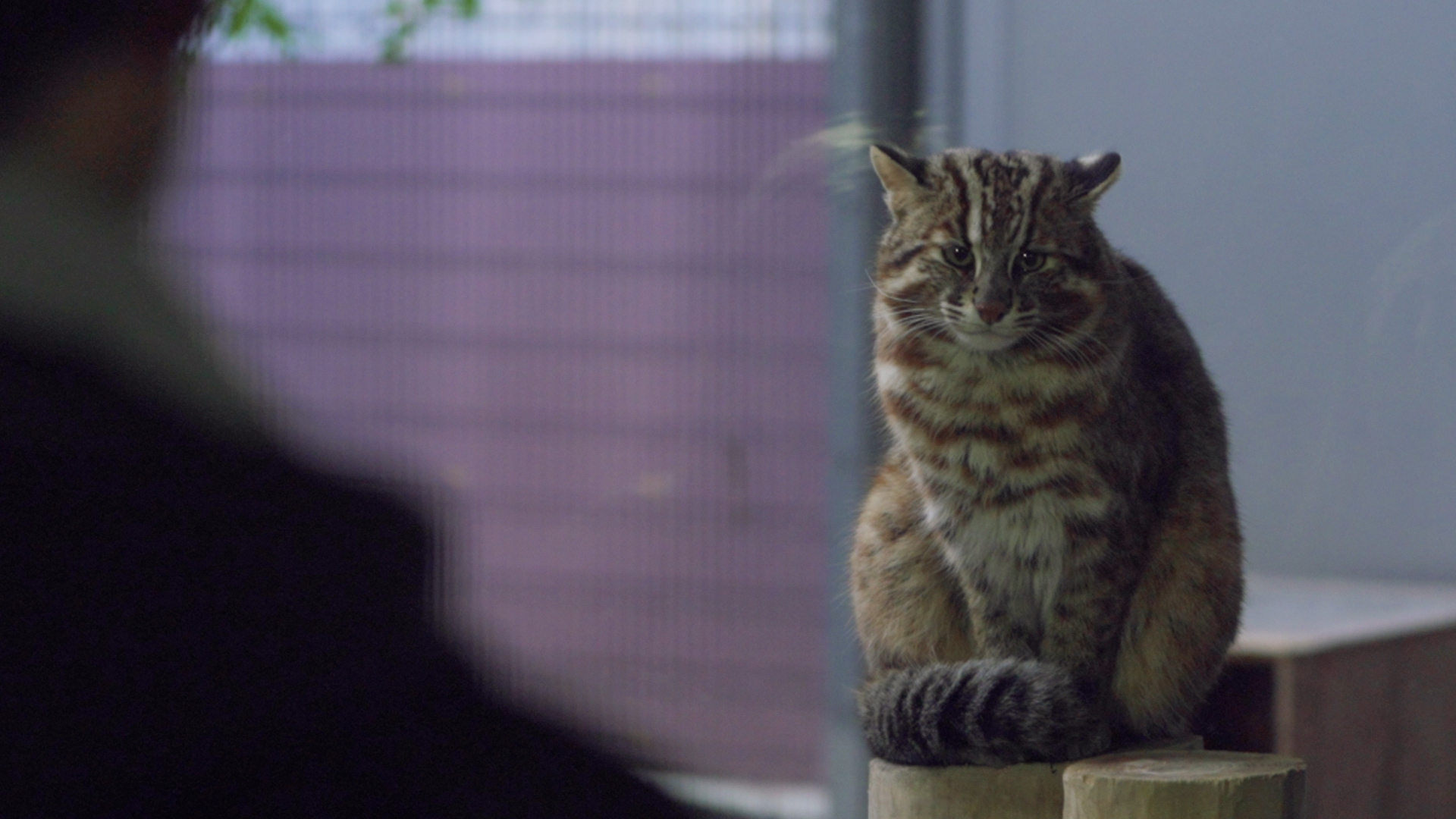
Celebrated fauna, food
Tsushima is both closely connected with the outside world and also isolated from it. Perhaps the most celebrated symbol of its isolation is the Tsushima leopard cat, a now endangered feline species that lives only on the island. Known locally as the yamaneko (wild cat), only about 100 of the species are thought to exist in the wild. The Tsushima Wildlife Conservation Center in the far north of the island cares for a few yamaneko, one of which can be viewed in an enclosure inside the center. At first glance, the Tsushima leopard cat may look like a typical domestic cat, but that illusion is shattered when one opens its mouth, letting loose not a cute "meow," but a roar that wouldn't sound out of place coming from a much larger leopard or puma.
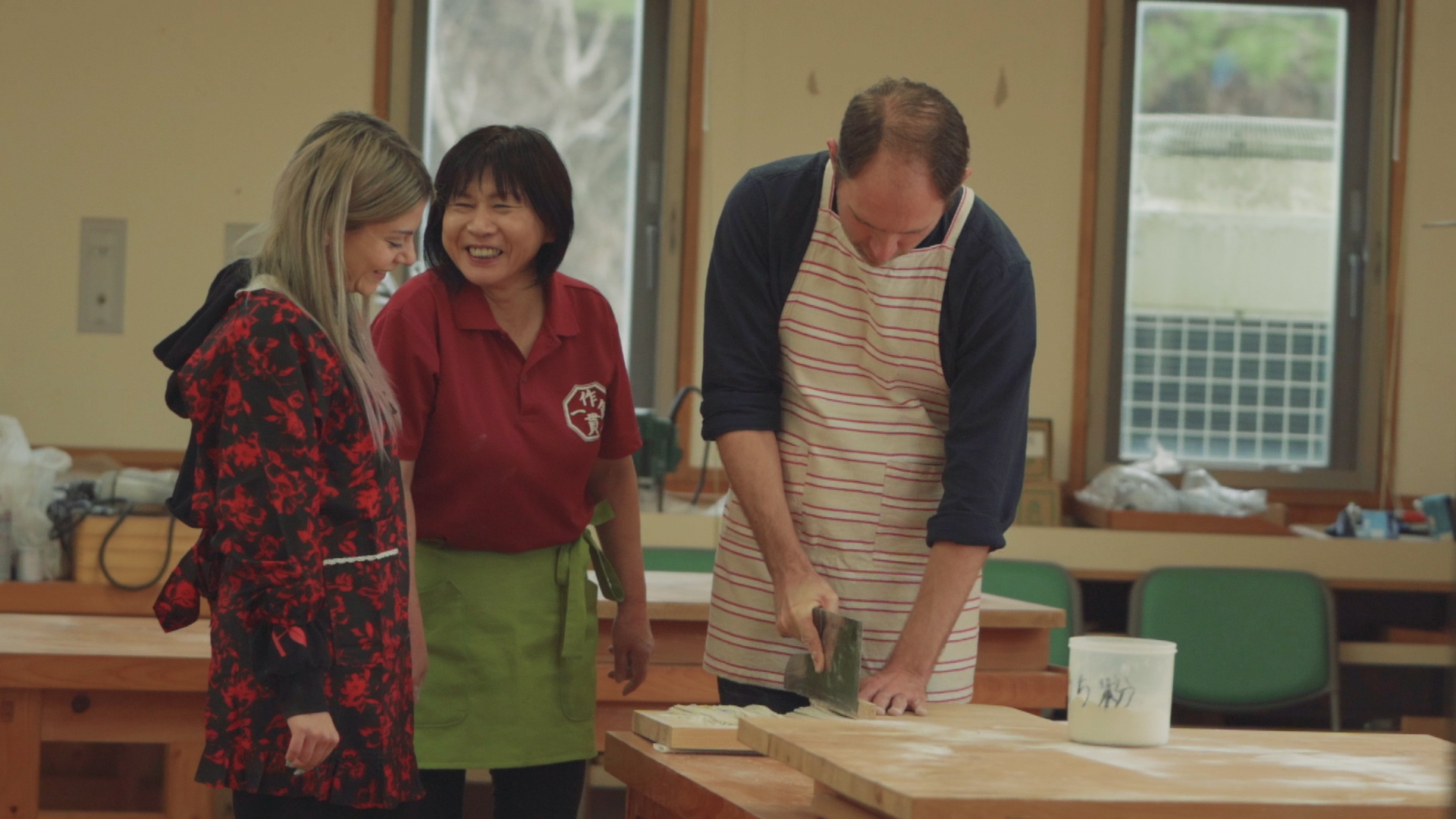
The island's long history is also evident in its food. In addition to excellent fresh seafood — ika (squid), buri (yellowtail) and anago (conger eel) are local specialties — Tsushima claims to be the gate through which one of Japan's most important foodstuffs entered the country: sobako (buckwheat flour), which is usually used to make soba noodles. According to KIRITANI Hizuru, manager of Soba Dojo, which offers classes on soba making, the buckwheat grown on Tsushima is closer to the ancient variety that came from China hundreds of years ago than what is served in most noodle shops. Rookie soba-makers may doubt the bowl of powder in front of them will ever turn into delicious, chewy noodles, but through roughly 40 minutes of careful instruction by the dojo's soba masters, a miraculous transformation occurs. The finished product can then be eaten cold, or in a dish called iriyaki, a Tsushima delicacy made with chicken broth topped with a generous helping of local vegetables. Soba Dojo makes its noodles using 100 percent buckwheat flour, which it grows locally on fields that had formerly fallen out of use. "I've been making soba for around 10 years, but I feel like I've just scratched the surface," Kiritani said of her craft.
Conservation efforts
While visitors come to Tsushima for its glorious coastline and pristine waters, these natural resources should not be taken for granted; they require hard work to maintain. Islanders take pride in the regional and global factors that have shaped much of their history and culture, but not everything from outside is welcome. In the past, this has included Mongolian invasions in the 13th century, though nowadays the island's biggest problem might be ocean litter, deposited on its shores by the same currents that have brought Tsushima economic and political prosperity. Nets, floats and other debris from fishing boats, along with beverage bottles, shoes, toothbrushes and much more from every country in the region (and even some farther away) make their way to Tsushima's bays and beaches, disrupting native habitats and reducing their scenic value.
The municipal government began addressing the problem in 2001. Today, the island has numerous programs aimed at cleaning its beaches and raising awareness. The Coast and Aquatic Preservation Program Association (CAPPA) plays a central role in these efforts, such as supporting beach cleanups involving visiting South Korean students and working with national environmental groups on research into ocean garbage. CAPPA Director SUENAGA Naomichi said that as a child, the island's coast was virtually free of garbage. "We investigate what kind of garbage the currents bring, where it comes from and what times of year it tends to arrive. This data makes cleanup efforts more efficient," he said. Tsushima's coastal beauty should thus be seen not only as a natural blessing, but also as the fruit of the work of many dedicated individuals.
Tsushima's location near the Sea of Japan has made it a nexus of trade, political and cultural exchange over the centuries. Though it is somewhat off the beaten path for most modern travelers, the small island is packed with natural wonder, fascinating history, delicious cuisine and friendly faces, making any visit well worth the effort.
This series is sponsored by the government of Japan.



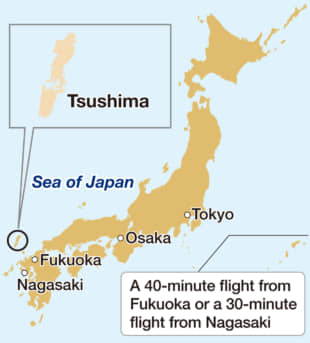

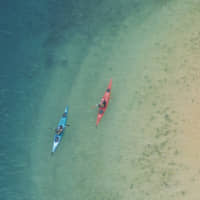

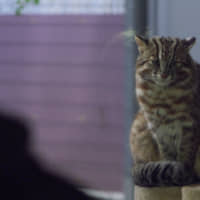

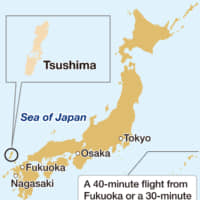














With your current subscription plan you can comment on stories. However, before writing your first comment, please create a display name in the Profile section of your subscriber account page.